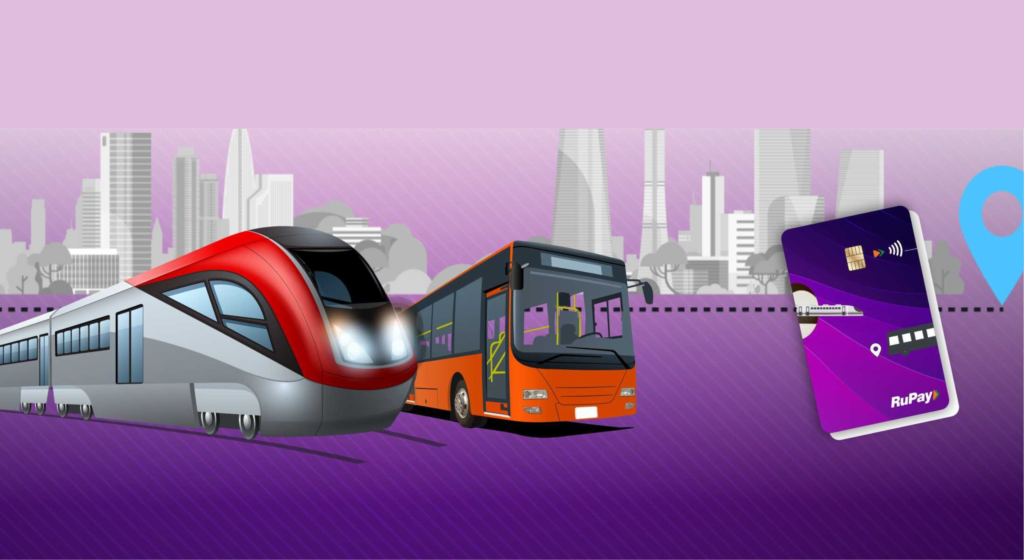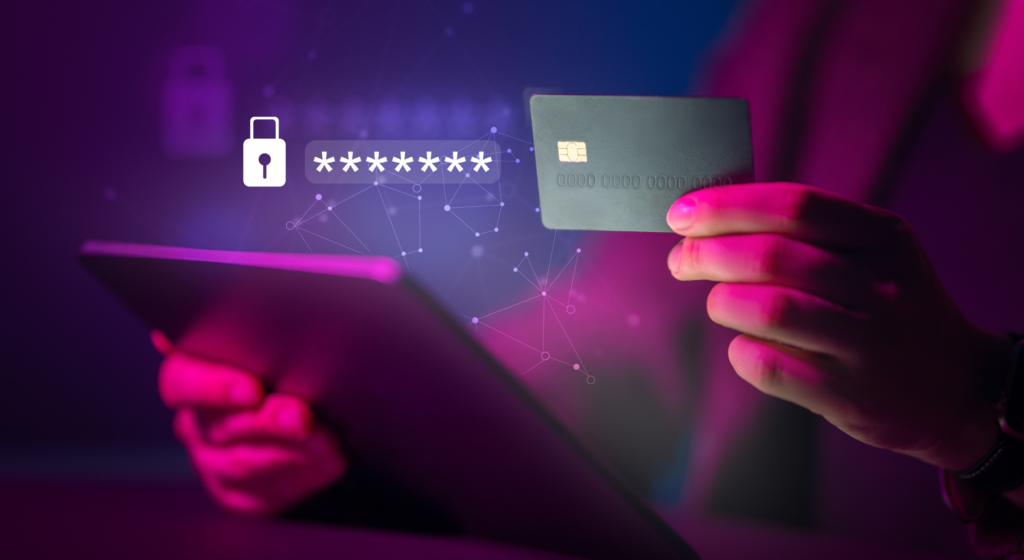The Future of Credit Card Transactions in India: Embracing the Contactless Revolution

Home / Blogs Table of contents The Benefits of Contactless Payments The Future Outlook Conclusion As India advances in its digital transformation journey, the payments landscape is rapidly evolving. Over the past decade, driven by smartphones and government initiatives like Digital India, the financial ecosystem has seen significant shifts. One of the most notable changes […]
Revolutionising Transit within India: Pure NCMC Cards for Effortless Mobility

Home / Blogs Table of contents Introduction Streamlining Travel Payments with Stand-alone NCMC Cards Effortless Payment Process with Pure NCMC Cards Transforming Travel with Pure NCMC Cards In India, where millions rely on public transportation for their daily commute, the introduction of the Pure National Common Mobility Card (NCMC) is a game-changer. The Pure NCMC […]
Enhancing Security and Transparency: A Comprehensive Guide to Issuer-Led Tokenisation

Home / Blogs Table of contents Introduction Understanding Issuer-Led Tokenisation Process of Issuer-Led Tokenisation Significance of Issuer-Led Tokenisation Issuer-led Vs Acquirer-led tokenisation Conclusion In today’s digital era, the security of financial transactions is of utmost importance. With the rising prevalence of cyber threats and data breaches, it’s crucial for financial institutions to adopt robust […]
Unlocking the Power of Reward Loyalty Programs in Credit Cards: Enhancing Value-added Services

Home / Blogs Table of contents Introduction Differential Rewards Points Closed Loop EMI Program Meta Data Engine Card Holder Defined Actions In Conclusion In today’s fast-paced world, credit cards have become an integral part of our financial landscape. They offer convenience, security, and flexibility, making transactions seamless both online and offline. However, credit cards […]



